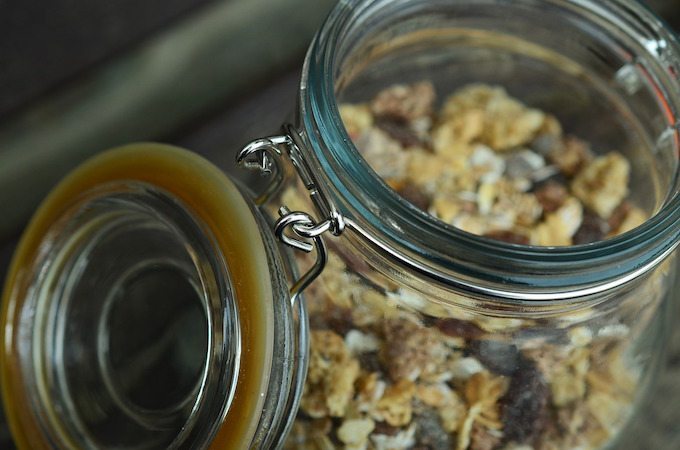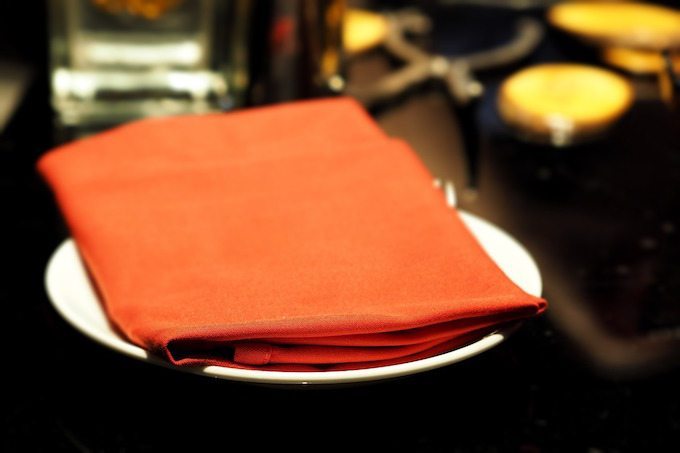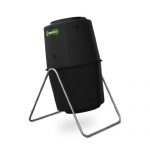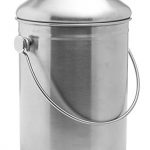North American Lifestyles Generate Too Much Waste – Learn How to Reduce Waste
Without a doubt, North Americans produce a lot of garbage and most of it comes from the kitchen. Approximately 254 million tons of garbage ends up in U.S. landfills each year. Food waste tops the list of most tossed items followed by paper items such as cereal boxes and other food packaging. The average North American family wastes nearly one-quarter of the food they purchase within a year. Fruits and vegetables end up in the garbage at a higher rate than any other foods with almost half going to waste uneaten. The good news is that there are easy to use strategies that help reduce waste – ultimately helping your food budget and the environment.

Savvy Shopping is the First Place to Start to Reduce Waste
Reducing waste begins long before purchasing the food. Planning your meals for the week and buying just the foods you need for your plan significantly reduces waste. Prefer more flexibility in your day to day meal choices? Pick a few recipes that share ingredients then prepare whichever one you’re in the mood for that day.
Make a shopping list prevents overbuying and saves time shopping. Save paper by using your smartphone to carry the shopping list. Download a shopping app and create a grocery list. Or use a magnetic chalkboard on your refrigerator to keep track of foods you need. Just snap a picture of it and your good to go.
When purchasing foods, choose foods with the least amount of packaging. Ditch the plastic produce bags and the twist ties. Do without or bring your own bag. There are many ecofriendly, reusable produce bags available. I keep a supply in my car and ensure there are several in my purse for all my shopping trips. It is easy to reduce waste each time you shop by eliminating new bags.
Storage and Prepping Can Also Help to Reduce Waste
 Proper storage is key to extending the shelf life of food. Taking a few minutes to learn the best way to store a particular fruit or vegetable to ensure maximum freshness can spare countless pounds of food from the waste bin. Avoid plastic bags, instead, keep breathable cloth sacks, paper sacks, glass jars, or stainless steel containers on hand to use for storage. The cloth sacks are reusable. The paper sacks are recyclable and compostable. The glass and steel containers are recyclable and reusable. Alternately, there are also specialized reusable containers embedded with silver that help to discourage bacterial growth and spoilage.
Proper storage is key to extending the shelf life of food. Taking a few minutes to learn the best way to store a particular fruit or vegetable to ensure maximum freshness can spare countless pounds of food from the waste bin. Avoid plastic bags, instead, keep breathable cloth sacks, paper sacks, glass jars, or stainless steel containers on hand to use for storage. The cloth sacks are reusable. The paper sacks are recyclable and compostable. The glass and steel containers are recyclable and reusable. Alternately, there are also specialized reusable containers embedded with silver that help to discourage bacterial growth and spoilage.
Do some prep work for meals ahead of time to save time and freeze foods (or portions) that won’t be used right away. Designate a shelf in the refrigerator or pantry for foods that need to be used first. Label your food with the date it was prepared or placed in the freezer to help you know what to eat first. Have on hand several catch-all recipes like smoothies, casseroles or soups to enable use of extra produce. Limit leftovers by cooking no more food than can be eaten within one or two meals (or frozen for future use). Using a smaller plate also limits the likelihood of dishing out more food than will be eaten at a time.
Composting Makes Sense on So Many Levels

Sadly, only 3% of unused food ends up composted. The rest ends up decomposing in landfills where they produce 23% of the United States’ methane emissions. We can do so much better than this! Composting at home cuts down on greenhouse gasses and produces rich soil for home gardening. Composting can be done on a small scale, such as in an apartment using a specially designed indoor composting bins, or on a larger scale using an outdoor community composting site. Take care to prevent the composting site from becoming an attractive food or nesting spot for animals. Adequately covering food scraps with other composting materials and frequently turning the pile to speed the composting process will help discourage pests. Depending on the abundance of wildlife in your area, constructing a simple outdoor compost bin using welded wire in a wooden frame may be necessary. If you don’t have the time, space, or interest in having your own compost pile, consider donating your scraps. Keep your compostable scraps in an airtight container, then once a week drop them off at a community garden or check and see if your city has a composting collection service or drop off site. Composing is a very worthwhile way to reduce waste.
The Un-sexy Convenience of Paper Napkins and Towels
 Using cloth napkins and dish rags eliminates the hassle of determining if used paper towels should be recycled or tossed. Wash the cloth ones only as needed rather than after every use. If you absolutely need to use paper towels, choose ones made entirely from recycled paper using post-consumer materials.
Using cloth napkins and dish rags eliminates the hassle of determining if used paper towels should be recycled or tossed. Wash the cloth ones only as needed rather than after every use. If you absolutely need to use paper towels, choose ones made entirely from recycled paper using post-consumer materials.
In Summary
Eliminating waste in the kitchen takes planning and knowledge. Plan meals ahead of time and only shop for what you need in the short term. Skip the plastic bags entirely, instead, opting for reusable bags and containers. Staying aware of what foods need to be used first will help minimize the largest source of kitchen waste. Switch out paper towels and napkins for cloth ones and know your recycling and composting options. With a little practice, it will become second nature to reduce waste in all areas of your life.













